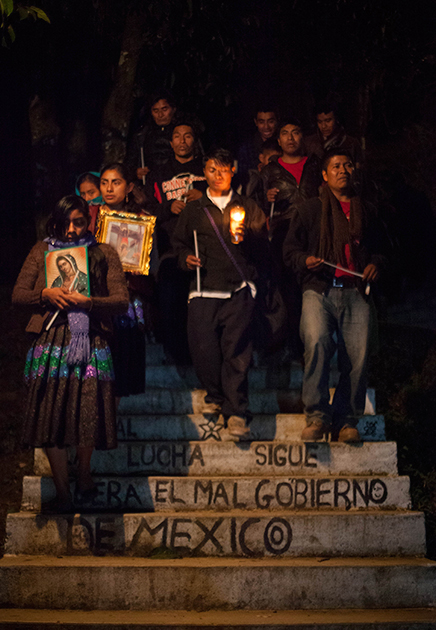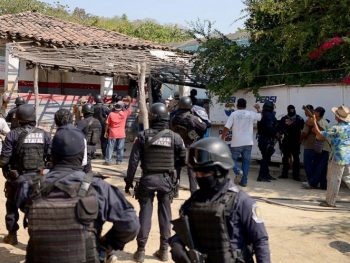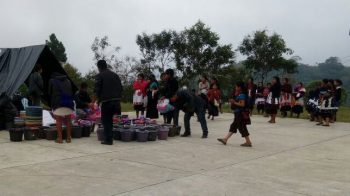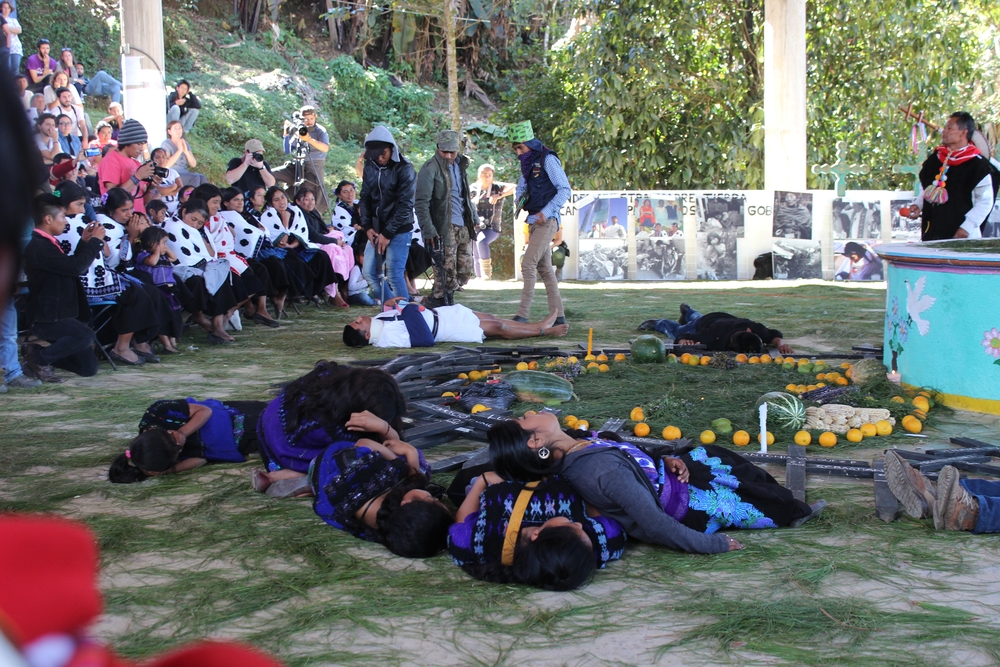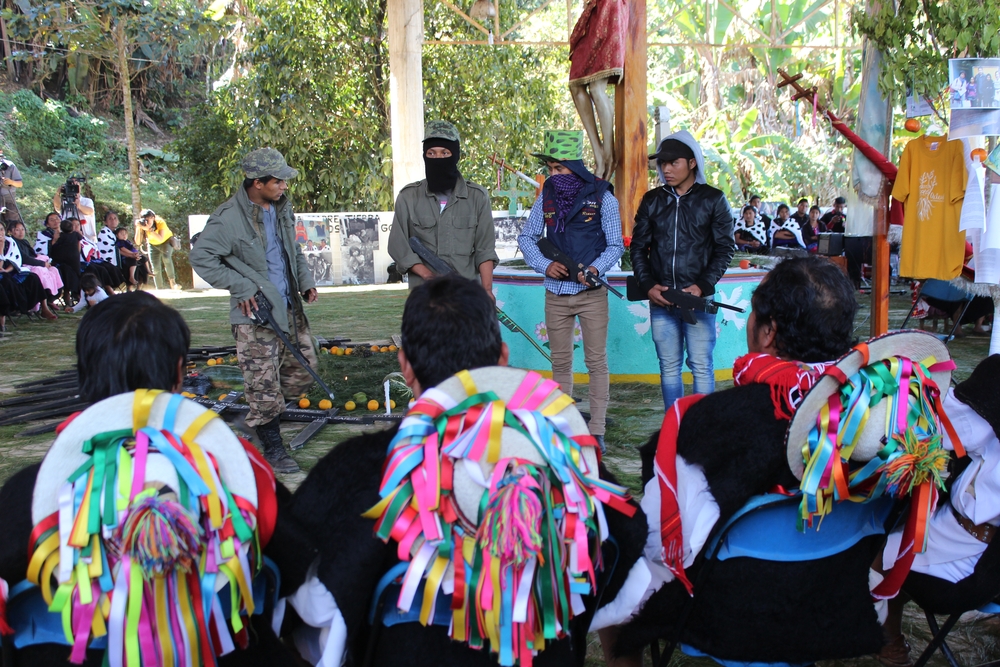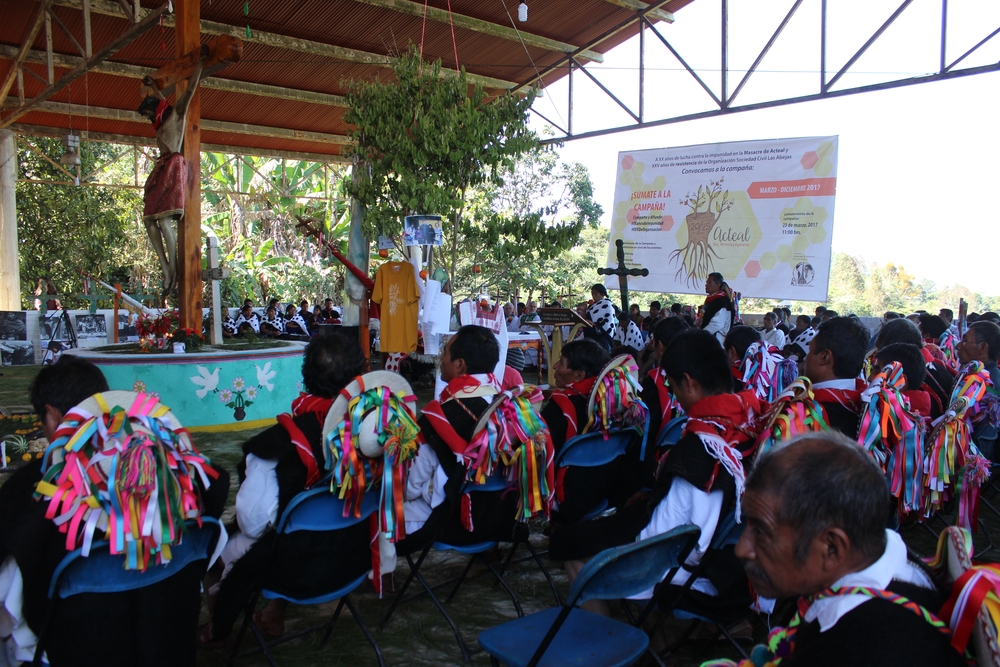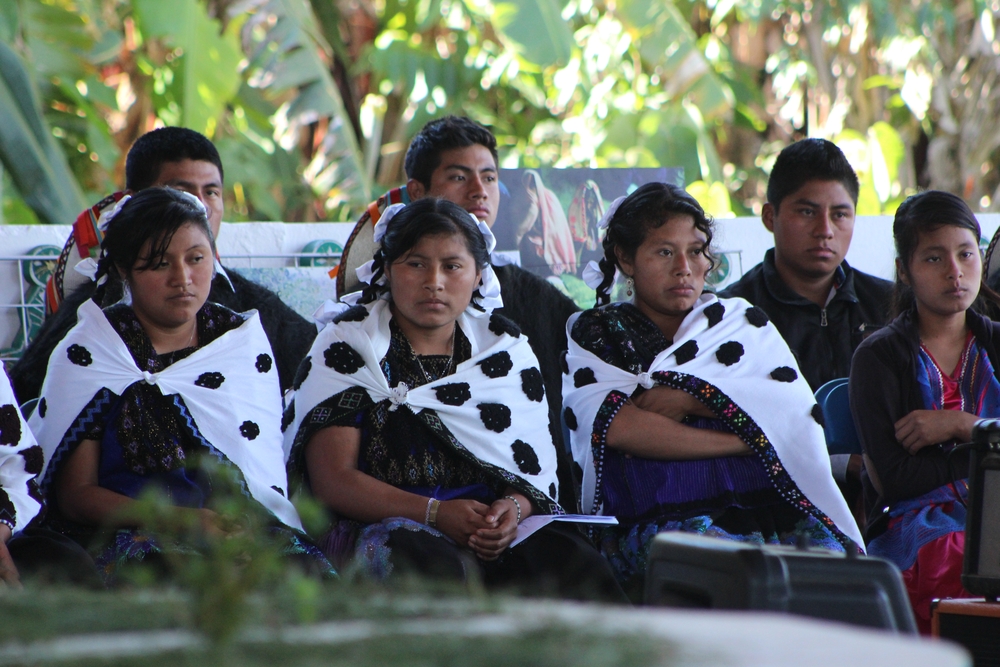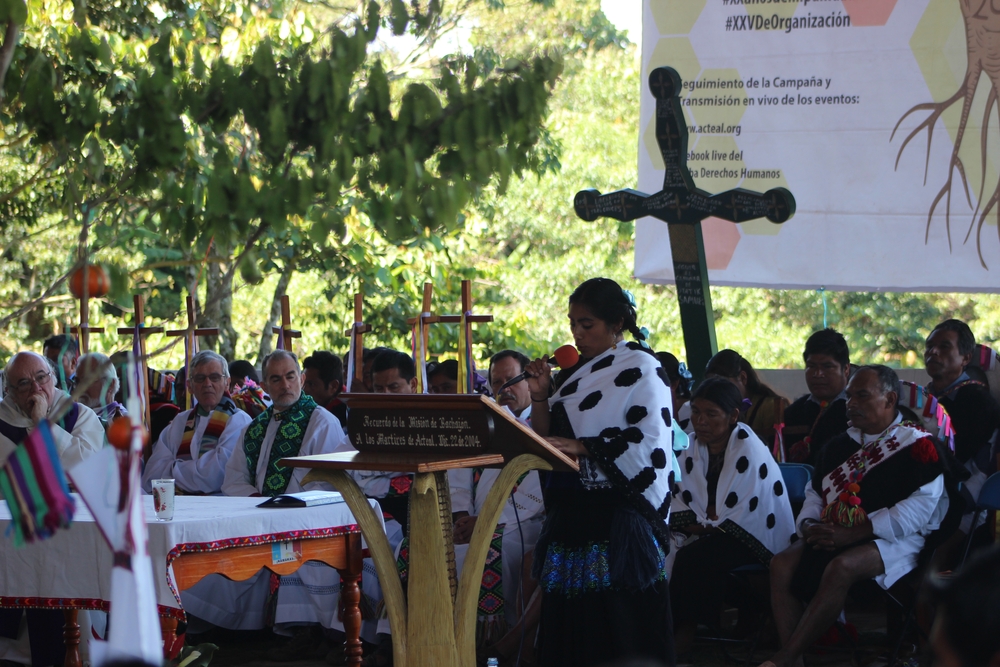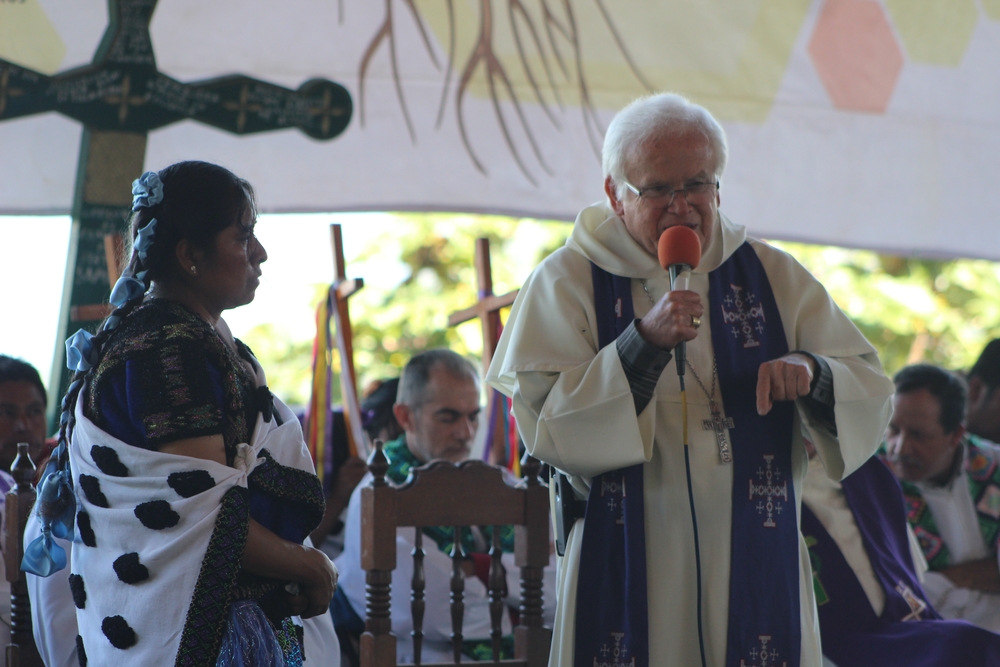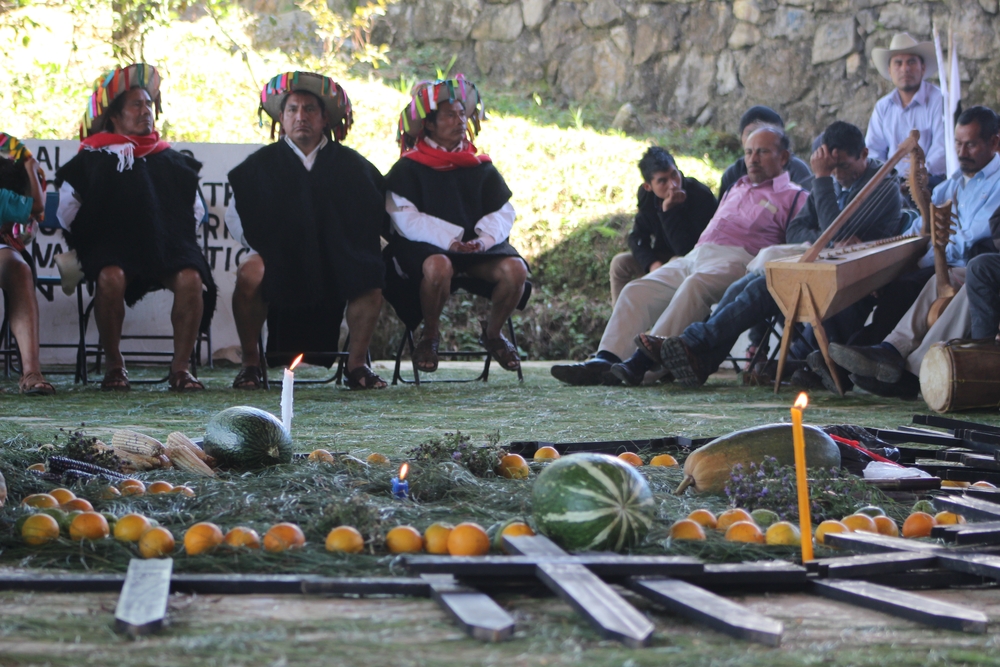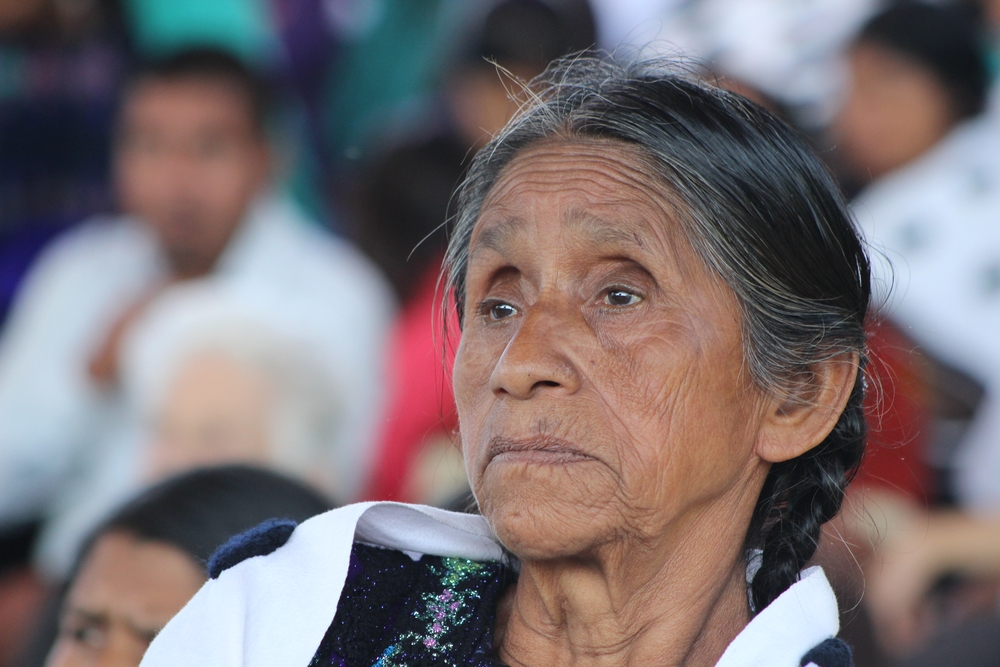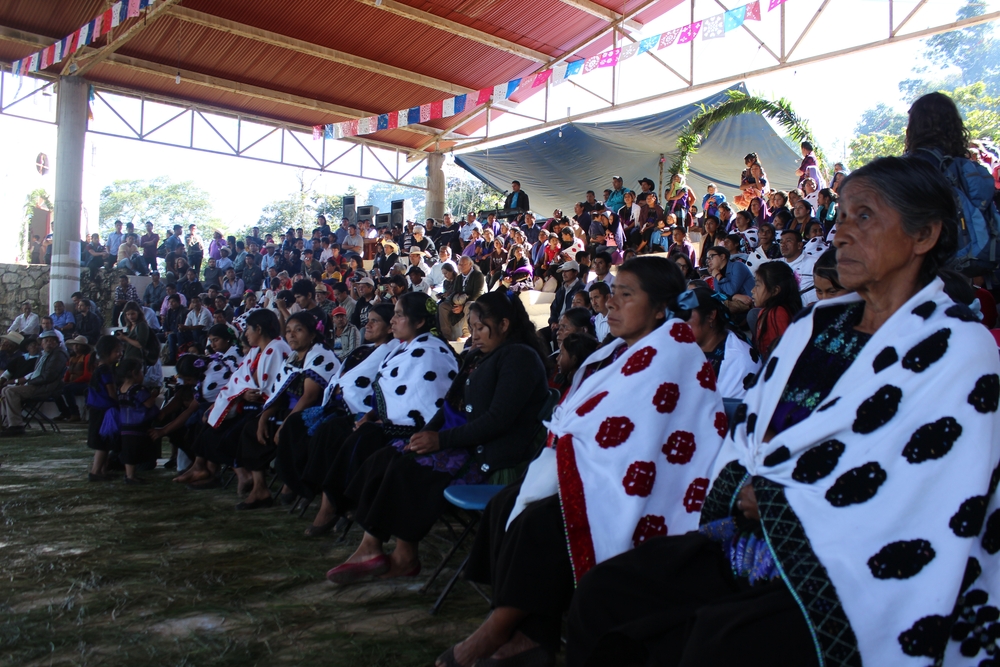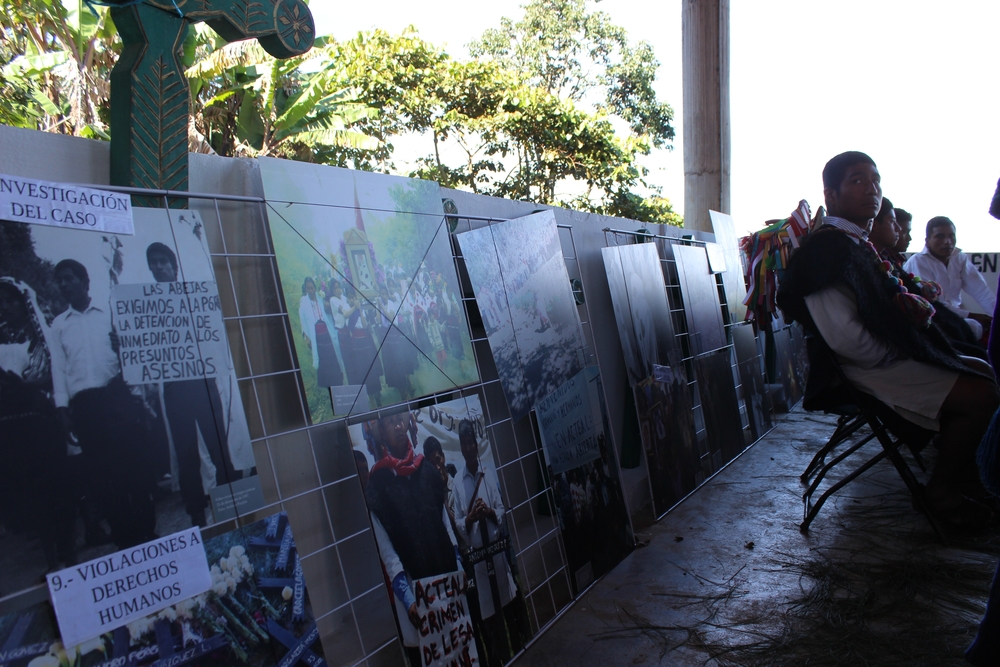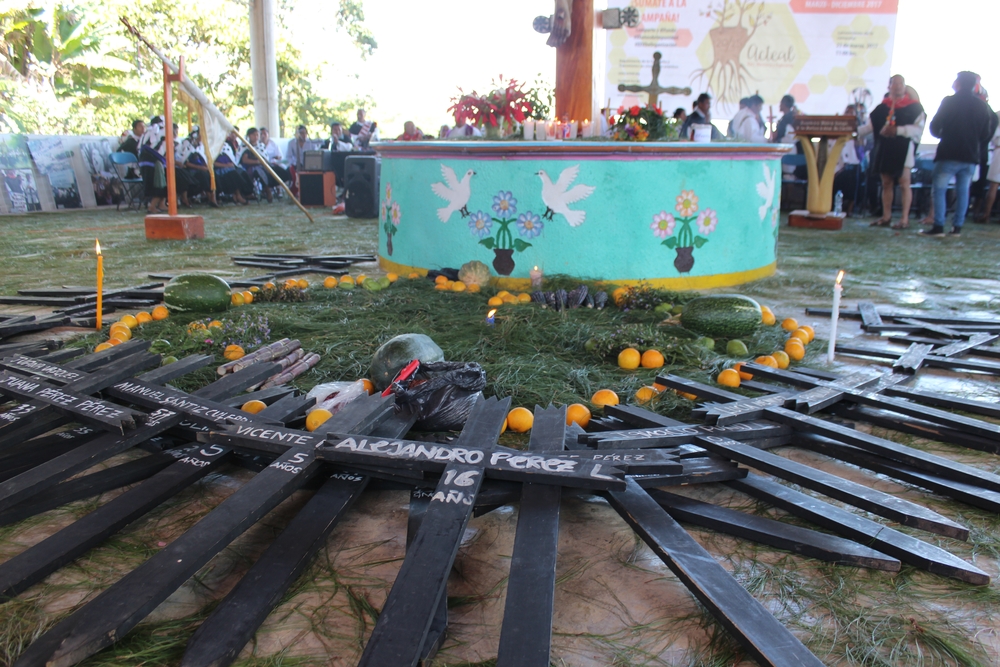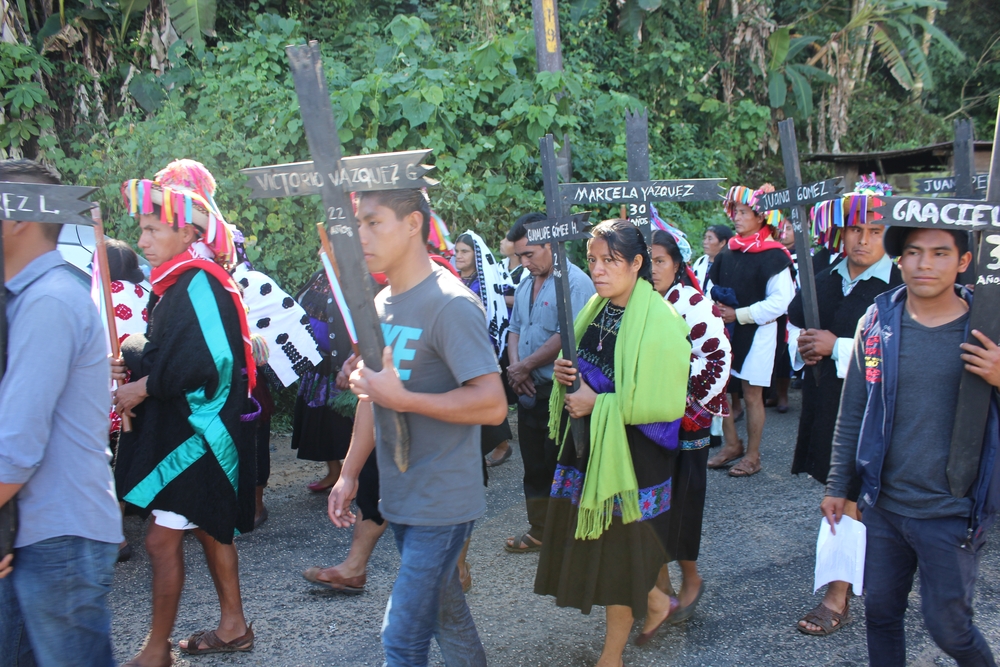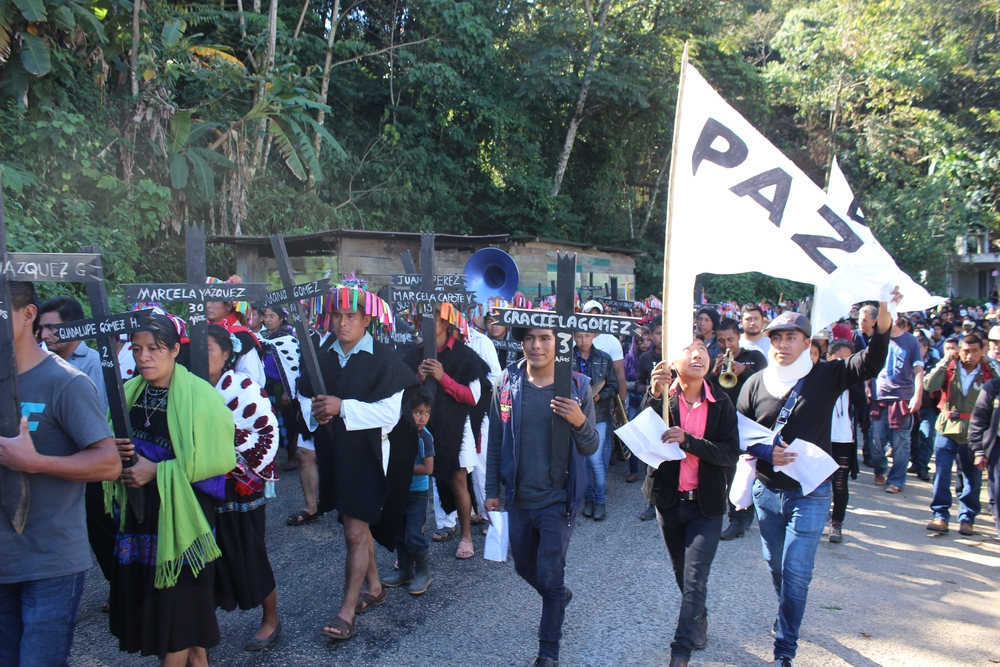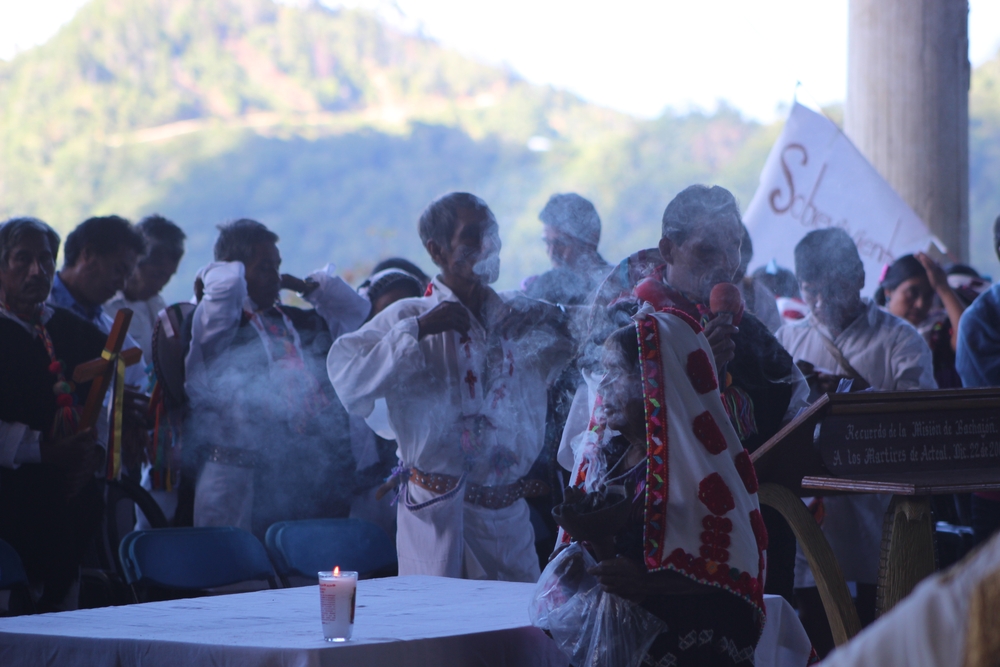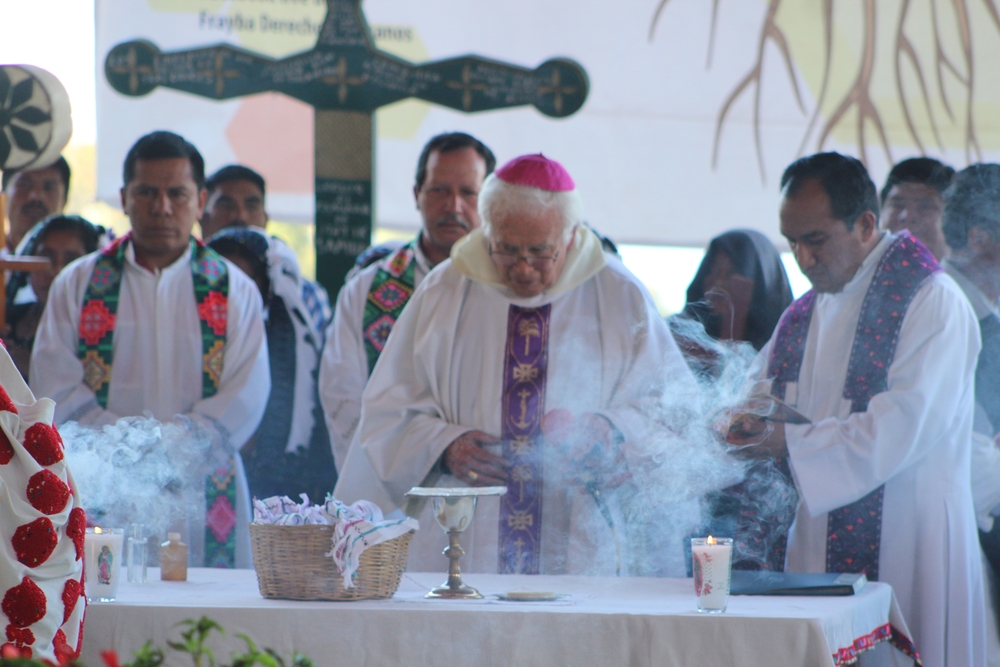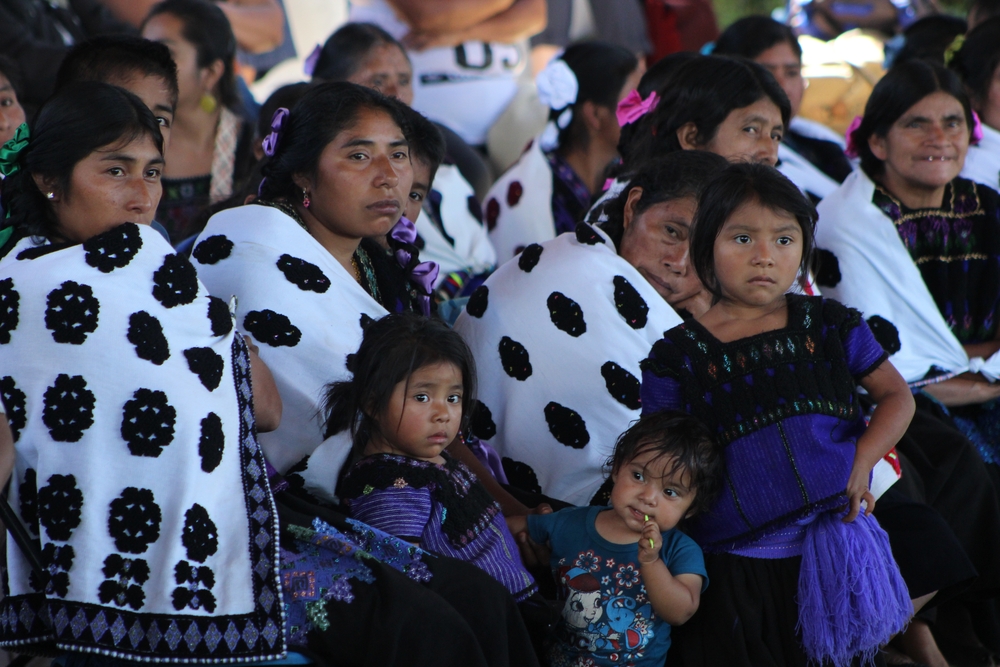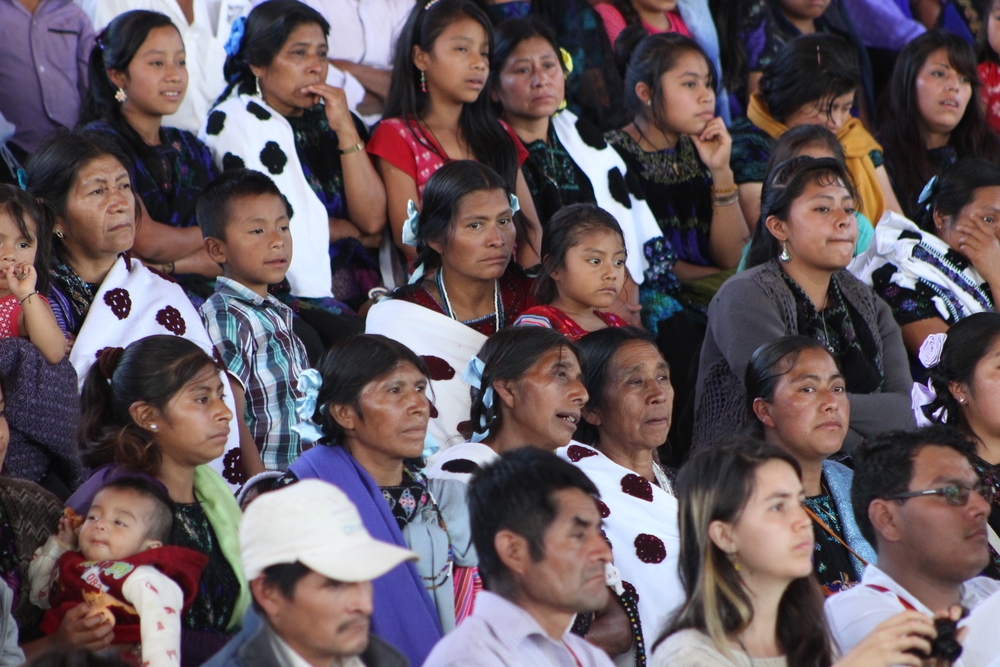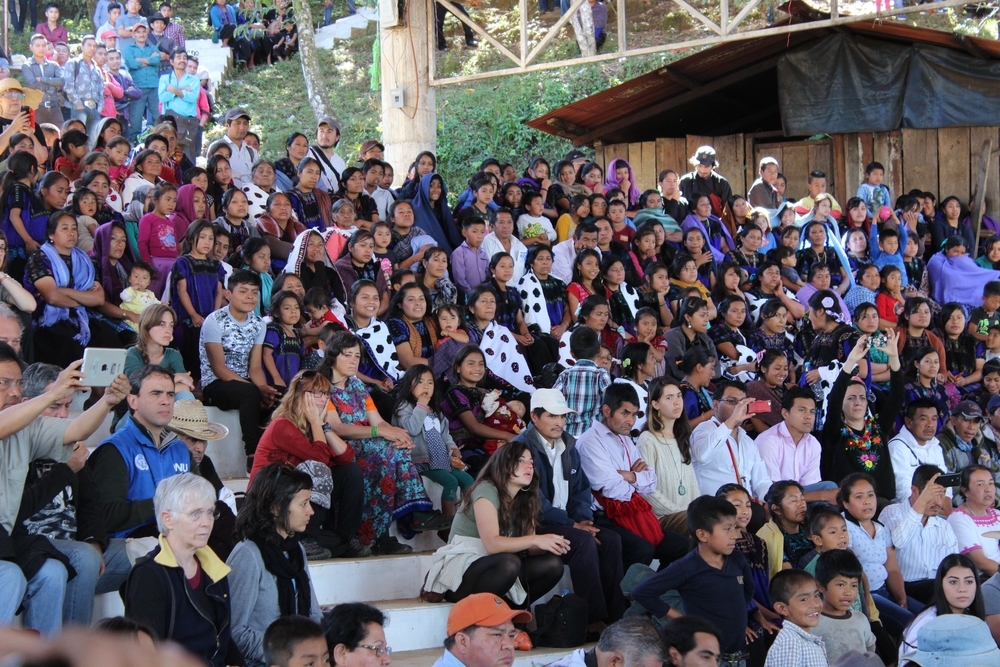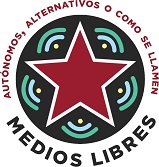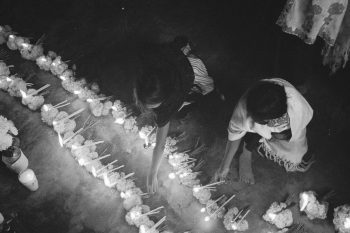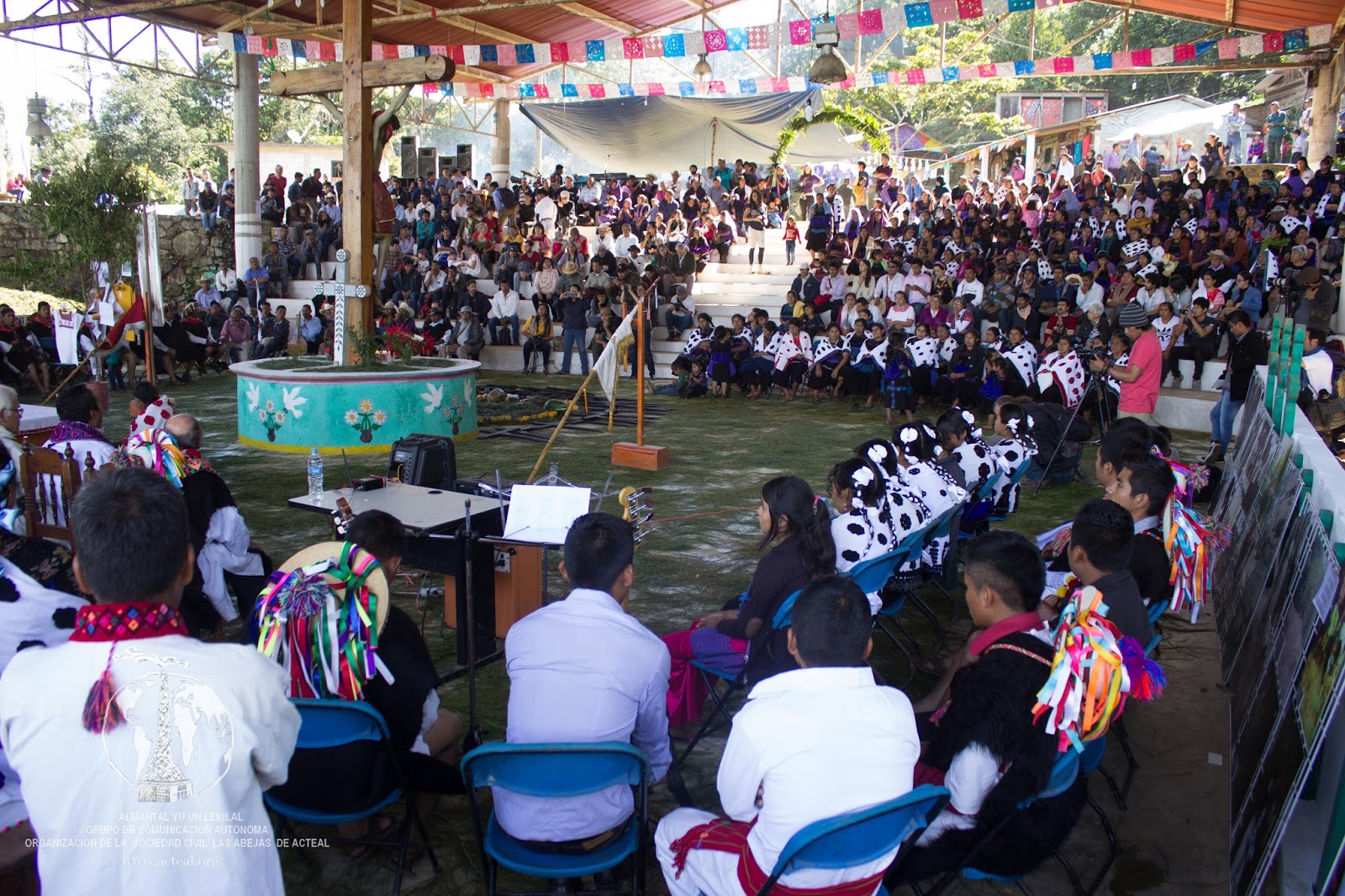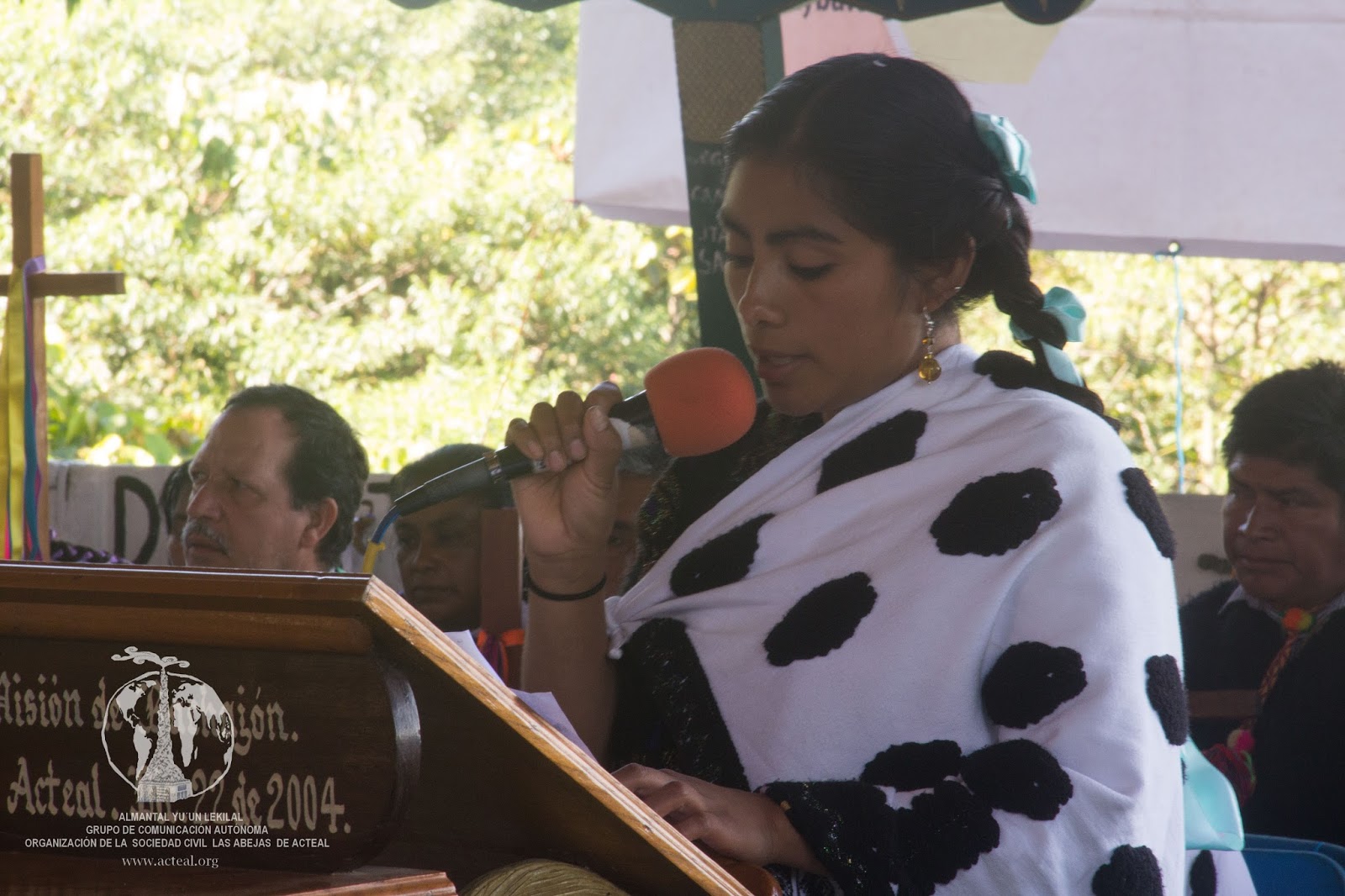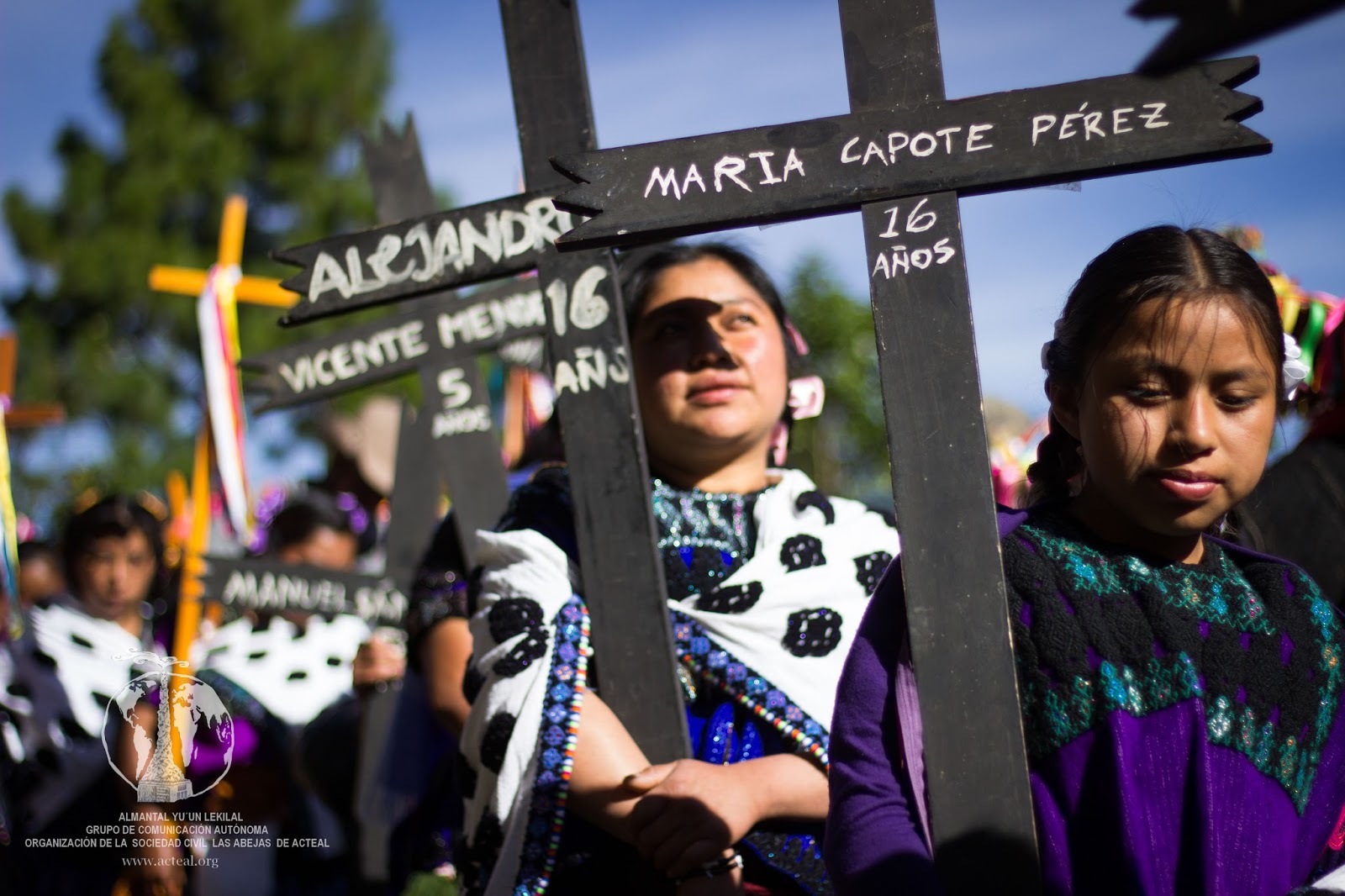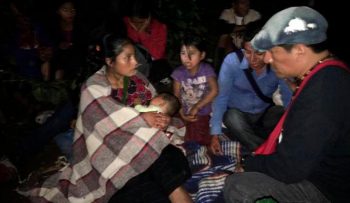Sorry, this entry is only available in Español. For the sake of viewer convenience, the content is shown below in the alternative language. You may click the link to switch the active language.
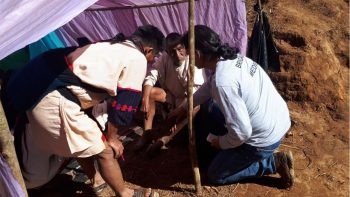
Al Pueblo de México
A los organismos de derechos humanos e instancias humanitarias
Como colectivo de organismos de la sociedad civil, hemos conocido y revisado la sentencia emitida por el Lic. Claudio Aníbal Vera Constantino, Magistrado del Tribunal Unitario Agrario, Distrito 03 de Tuxtla Gutiérrez, Chiapas, dentro del expediente 781/2005, suscrita y certificada desde el día 06 de noviembre del presente (unos días antes de la agudización violenta del conflicto), y notificada a las partes -Autoridades Comunales de Chalchihuitán y de Chenalhó- y hecha pública hasta el día de antier, 13 de diciembre (un mes y una semana después de emitida, ya escalado el clima de agresión y violencia del citado conflicto).
Respecto a dicha sentencia -cuya histórica problemática agraria, irresuelta de fondo con apego a justicia y a derecho, ha constituido el pretexto central para desatar un clima de extrema violencia y, a la vez, encubrir acciones e intereses ilegítimos de muy alta peligrosidad-
CONSIDERAMOS:
1° Que en su ambigua forma, el manejo de los tiempos y su débil contenido, dicha sentencia, más que apegarse a un verdadero análisis y fundamentación histórica y jurídica en materia agraria del caso, más bien parece ser producto de un cuidadoso cálculo político, que pretendería la administración del problema, respondiendo a los tiempos políticos de las actuales administraciones estatal y federal;
2° Que, a pesar que en sus cuatro resolutivos finales, la sentencia, ambiguamente pareciera pretender el mantener a salvo los derechos de ambas comunidades agrarias (Chenalhó y Chalchihuitán) en realidad favorece absolutamente a la primera, y con ello encubre y alienta, a los ilegítimos intereses de la delincuencia organizada, misma que, a través de la documentada acción impune de grupos armados de corte paramilitar, ha obligado al inhumano desplazamiento de miles de indígenas (la mayoría de extrema vulnerabilidad: mujeres, niñas y niños, ancianas y ancianos) no sólo de Chalchihuitán, sino –aunque en menor número- también de Chenalhó, provocando con ello, hasta el momento, la muerte de cerca de una decena de niños, niñas y ancianos. Manteniendo a la verdadera base comunitaria de ambos pueblos, en un permanente estado de angustia, miedo y sufrimiento,
En este contexto las organizaciones abajo firmantes ratificamos las siguientes exigencias:
1. Estrategia de desarticulación, desarme y castigo a los grupos civiles armados.
a. Investigación y solución de denuncias previas y expedientes congelados
b. Detención y castigo a responsables
c. Auditorías a las presidencias municipales de Chenalhó, Chalchihuitán y Chamula, ante la presunción documentada de que desde ahí se desvían fondos para la compra de armas.
d. Confiscación de armas
e. Acciones judiciales efectivas
2. Reconocimiento del estatus legal de desplazamiento forzado interno.
a. Utilización y aplicación de protocolos
b. Garantías de seguridad e integridad personal a las personas desplazadas
c. Instalación de campamentos específicos para desplazados
d. Ayuda humanitaria
e. Salud integral
f. Garantías de seguridad para el retorno y reintegración.
g. Reparación integral del daño
h. Aplicación ley de desplazamiento forzado del gobierno del estado de Chiapas
3. Libre tránsito.
a. Rehabilitación de vías de comunicación
b. Presencia permanente de organismos civiles, nacionales e internacionales para garantizar la seguridad, la movilidad y el abasto. (CNDH|, CICR, UNICEF, Alto Comisionado de las Naciones Uidas, ACNUR, A.I.)
4. Garantías de seguridad para la observación de derechos humanos nacional e internacional en el ámbito civil.
5. Atención del problema de fondo a través de un diálogo político desde las estructuras comunitarias tradicionales y agrarias de ambos Bienes Comunales. Con observación de organizaciones de la sociedad civil. Por lo que exigimos que las instancias jurisdiccionales que en lo sucesivo conozcan y resuelvan sobre este caso, lo hagan con base y apego a los derechos colectivos (basados en la autonomía y libre determinación) que se consagran en los instrumentos internacionales que el Estado mexicano ha ratificado.
6. Solicitamos que la CNDH emita una recomendación, dado que no se cumplieron con las medidas cautelares hacia los gobiernos estatal y federal.
Campaña Popular Contra la Violencia Hacia las Mujeres y el Feminicidio en Chiapas
Colectiva CEREZA
Equipo de Atención Psicosocial Para la Situaciones de Violencia y Exclusión Social
Centro de Derechos de la Mujer de Chiapas A.C.
Comité Nacional Para la Defensa y Conservación de los Chimalapas
Maderas del Pueblo del Sureste A.C.
Centro de Derechos Humanos Fray Bartolomé de Las Casas, A.C.
Casa de la Mujer Ixim Antsetik
Servicios y Asesoría Para la Paz
Salud y Desarrollo Comunitario A.C.
Fideicomiso Para la Salud de los Niños Indígenas de México, A.C.
Formación y Capacitación A.C.
Melel Xojobal A,C
San Cristóbal de Las Casas, Chiapas, México
a 15 de diciembre de 2017.
Pronunciamiento Conjunto
Foto: Brigada médica de Sadec, atención a población desplazadas en Chalchihuitán. Facebook Sadec A C Sdc

